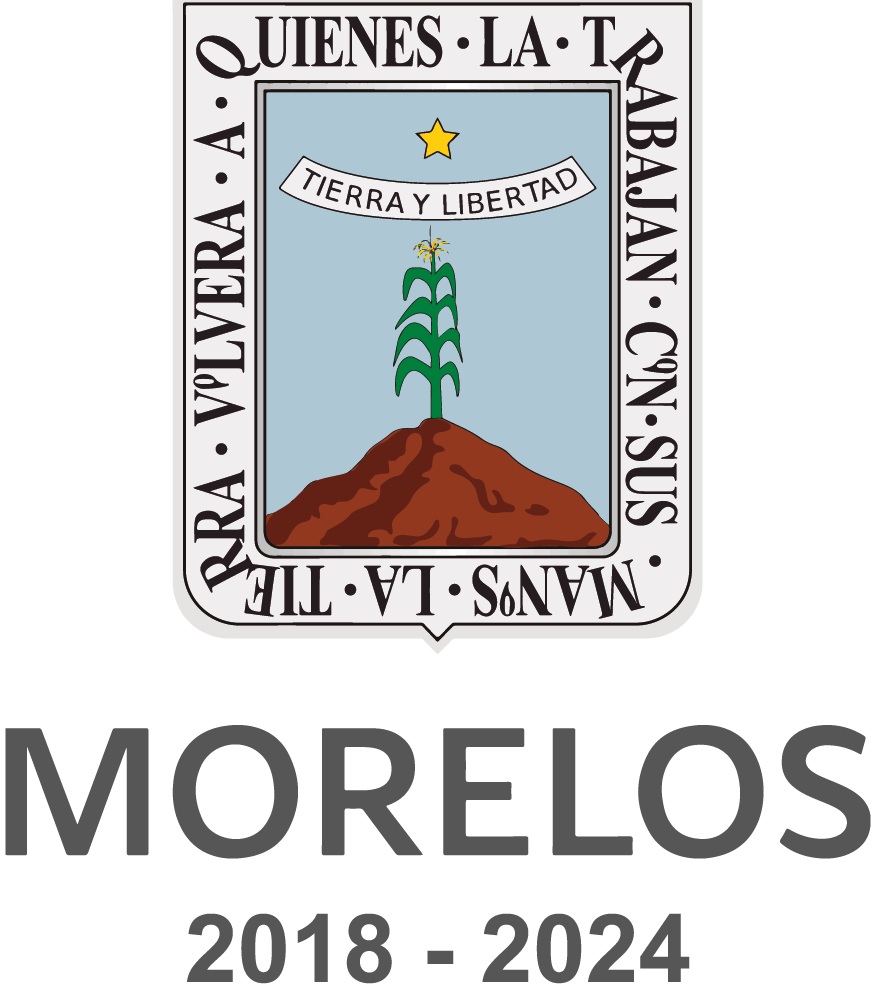A TYPICAL LESSON PLAN A TYPICAL LESSON LASTS 45
!TABLE 3 MAX2654 TYPICAL SCATTERING PARAMETERS VCC+30V TA+25OC !FREQ1 UNIFIED CLASSIFICATION AND PROPERTIES OF SOILS TYPICAL NAMES
A SUMMARY OF TYPICAL ENVIRONMENTAL HEALTH AND SAFETY FUNCTIONS
A TYPICAL DAY INTHE LIFE OF VICTORIA FONTANA 1
A TYPICAL LESSON PLAN A TYPICAL LESSON LASTS 45
A TYPICAL ZONING ORDINANCE ARTICLE I PURPOSES [ZONING ORDINANCES
A typical lesson plan
A typical lesson plan
A typical lesson lasts 45 minutes, twice a week beginning in CE1 (younger pupils’ attention span being less developed, lessons might be shorter but more frequent). Here is a proposal that offers logical steps for a 45-minute lesson period.
1. Opening routine
This allows for pupils to start with something familiar, reassuring, positive. Not too long, with the order of things being flexible, it can be progressively left to the pupils. The opening routine includes: greeting the class, writing up the day and date, identifying absent pupils, talking about the weather and any other opportunities the day provides.
2. Review
This stage allows for the reactivation of prerequisites (vocabulary / sentence structure) before introduction of the new notion of the day.
3. Presentation of something new
The new point of the day can be vocabulary- or sentence structure-oriented, a new language function or cultural discovery. It is important to plan in advance exactly how you will ensure perfectly clear comprehension of the new words or structure: Gestures, miming? Pictures? Sound effects? You can adopt a ritual that alerts the pupils that it’s time for something new (a certain stance, a picture, a sound, a puppet…).
4. Comprehension and pronunciation check
This short phase requires group / half-group repetition, which reassures, but also individual repetition to verify and correct pronunciation. Teacher-pupil interaction should give way to pupil-pupil interaction in order to increase pupil speaking time.
5. Using, reinvesting, manipulating
The new language point is now used in a more interactive, authentic, autonomous situation (group game, questionnaire / survey, pair work for sufficiently mature pupils). The teacher’s presence is reduced to discreet coaching and evaluation of pupils’ mastery or difficulties.
6. Regrouping
After the relative disorder of group or pair work, the group must be brought back together and settled. A good means is an individual writing activity, but remember, not in relation with the new point of the day – opt rather for something already well mastered after a brief review.
7. Correcting and evaluating
Group correction of the writing activity is recommended as a means of revision, but does not replace adult verification of each individual’s work as errors can remain. To gain time, the classroom teacher can be asked to help check pupils’ work with a correction key prepared in advance.
Once the group has settled, the new point of the day can be brought up again and mastery evaluated. If the pupils are not able to use the words or structure properly, try to identify the reasons: too much at once? not enough practice? prerequisites not sufficiently mastered? prompts (pictures, gestures) or instructions not clear enough? reinvestment activities ill-adapted? Sometimes new points that don’t seem to get through the first day somehow make their way the next time…remember the spiral learning principle!
8. Longer language flow
To avoid the impression that language is reduced to isolated words and sentences, finish the lesson with oral production (song or poem) or listening comprehension (storytelling) that exposes the pupils to a long, natural, authentic flow of language.
Anne Bayart-Villeneuve CPD LV IA 06/ Shanti Rallet Professeur
ABBREVIATED CORE RMP FOR BISPHOSPHONATES AND ATYPICAL FEMORAL FRACTURES
ADULT ATTACHMENT QUESTIONNAIRE (AAQ) PLEASE INDICATE HOW YOU TYPICALLY
ANEMIA ANEMIA A TYPICAL PATHOLOGICAL PROCESS OF RED BLOOD
Tags: lesson plan, the lesson, lesson, typical, lasts
- MUJER DE MEDIANA EDAD HIPERTENSA CON DOLOR TORÁCICO BRUSCO
- KATEDRA KRIMINALISTIČKIH NAUKA TERMINI ZA KONSULTACIJE U ZIMSKOM SEMESTRU
- VERSIÓN PARA EL ALUMNO PROTOTIPO DE EXAMEN DE CIENCIAS
- COME THE KINGDOM OF YOU “YOUR KINGDOM COME” MIGHT
- KAUNO RAJONO GARLIAVOS SPORTO IR KULTŪROS CENTRO 2016 M
- DRUK NR 83 WARSZAWA 15 GRUDNIA 2011 R SEJM
- CENTRO NACIONAL DE METROLOGÍA D IRECCIÓN DE METROLOGÍA DE
- 10 PROBLEMAS DE LA CORRECCIÓN EN EL ENTRENAMIENTO DE
- BISD 26S205209 MARCH 1980 DECLARATION ON TRADE MEASURES TAKEN
- TYPOTEST – ŘEŠENÍ STATISTIKY NIELSEN UKAZUJÍ 4547 VE
- VIRI ŠPANSKOSLOVENSKI IN SLOVENSKOŠPANSKI MODERNI SLOVAR PRVA IZDAJA CANKARJEVA
- VOCABULARIO BÁSICO RELACIONADO CON EL CUERPO HUMANO SE HA
- 15 Instructions for Creating a File to Upload Inventory
- DECRETO Nº (RA073803) ACUERDO EL EXCMO AYUNTAMIENTO PLENO
- LIST PAPEŽE BENEDIKTA XVI SEMINARISTŮM DRAZÍ SEMINARISTÉ KDYŽ JSEM
- MATSOGI JUNIOŘI A 52KG 1 NARAMA VYZRÁL ALEŠ 2
- PROTOCOL ESTABLISHING THE FISHING RIGHTS AND CONTRIBUTIONS PROVIDED FOR
- PAGE 1 SUR 6 C OMPTE RENDU DE LA
- NEDAN HITTAR DU EN TOM STUDIEPLAN SOM DU SJÄLV
- WWWJUSTICEGOVUK 91034 JUNE 2014 FREEDOM OF INFORMATION REQUEST YOU
- ZAŁĄCZNIK NR 14 DO REGULAMINU KONKURSU (POPRZEDNIO NR 17)
- FILE NEEDS TO BE UPDATED FOR YEAR 2000 2001
- JUNE’S PARK OF THE MONTH IS… POCKET PARK PACKS
- EL AYUNTAMIENTO DE JEREZ CONVOCA 165 PLAZAS DE FORMACIÓN
- UNIDADE I ISSQN TFLF LC 0773 LEI COMPLEMENTAR
- STANDING ORDER AND INSTRUCTIONS TO NURSING STAFF IN THE
- SINGULAR OR PLURAL (C) YOU ALREADY KNOW THAT NOUNS
- A MIDSUMMER NIGHT’S DREAM ACT II SCENE 2 HELENA
- EMPLOYMENT CONTRACT LAW OF THE PEOPLE’S REPUBLIC OF CHINA
- KAROLINA MOLICKA NAUCZYCIELKA NAUCZANIA ZINTEGROWANEGO ZESPÓŁ SZKOŁY PODSTAWOWEJ I
 CAPITAL INVESTMENT PLAN APPLICATION A ELECTRONIC COPY OF
CAPITAL INVESTMENT PLAN APPLICATION A ELECTRONIC COPY OF PATRONES DE ENFERMERIA HIGIENE REGLAS Y PRACTICAS PARA EL
PATRONES DE ENFERMERIA HIGIENE REGLAS Y PRACTICAS PARA EL 25 OCAK 2021 İZMIR BÜYÜKŞEHIR BELEDIYESI DEPREMZEDELERE DESTEĞINI SÜRDÜRÜYOR
25 OCAK 2021 İZMIR BÜYÜKŞEHIR BELEDIYESI DEPREMZEDELERE DESTEĞINI SÜRDÜRÜYORJOB DESCRIPTION JOB TITLE VICTIM ASSESSMENT & REFERRAL
 WWWMEDICINAYARTECOM STELLA MARIS ANGEL VILLEGAS CENTRO CULTURAL BORGES CENTRO
WWWMEDICINAYARTECOM STELLA MARIS ANGEL VILLEGAS CENTRO CULTURAL BORGES CENTROUSING VICTORIA’S PLANNING SYSTEM GLOSSARY DELEGATION
 LABOUR RECORD USE THIS RECORD FOR MONITORING DURING LABOUR
LABOUR RECORD USE THIS RECORD FOR MONITORING DURING LABOURAUTO DICTADO EN AUDIENCIA TENIENDO POR DESISTIDO AL EJECUTADO
 KORT 1 FULDTIDSPERSONER PÅ OVERFØRSELSINDKOMSTER I PCT AF BEFOLKNINGEN
KORT 1 FULDTIDSPERSONER PÅ OVERFØRSELSINDKOMSTER I PCT AF BEFOLKNINGEN4 (IME I PREZIME PODNOSITELJA ZAHTJEVA) (DATUM ROĐENJA I
 DIPUTADA ALICIA LOCATELLI EXPTE Nº 1274518 INGRESO 080518 HORA
DIPUTADA ALICIA LOCATELLI EXPTE Nº 1274518 INGRESO 080518 HORA ACUERDO NÚMERO 30 DEL PROCURADOR GENERAL DE JUSTICIA DEL
ACUERDO NÚMERO 30 DEL PROCURADOR GENERAL DE JUSTICIA DEL CAP 3 BAZELE CALCULULUI DE REZISTENŢA MATERIALELOR CAPITOLUL 3
CAP 3 BAZELE CALCULULUI DE REZISTENŢA MATERIALELOR CAPITOLUL 3GELİR VERGİSİNDE MATRAH BELİRLEME YÖNTEMLERİ YUSUF ZIYA TAŞKAN
ANEXO 5 MINISTÉRIO PÚBLICO DO ESTADO DO PARANÁ ASSESSORIA
 VISION STATEMENT THE RIVER VALLEY DISTRICT LIBRARY EXCEEDS CUSTOMER
VISION STATEMENT THE RIVER VALLEY DISTRICT LIBRARY EXCEEDS CUSTOMERCORRIGENDUM ZBOG PROMJENE RASPOREDA ODRŽAVANJA NASTAVE U OBRAZOVNIM PROGRAMIMA
REFERENCES EUROPEAN JOURNAL OF CLINICAL NUTRITION CITATION STYLE HTTPMTSEJCNNATURECOMCGIBINMAINPLEX?FORMTYPEDISPLAYAUTHINSTRUCTIONSFORMAT
CSU CHICO EMERGENCY PROCEDURES FOR FACULTYLED INTERNATIONAL PROGRAMS OVERVIEW
 12 REPORT ON UAS NARRATIVE DATA ANALYSIS OF NBPTS
12 REPORT ON UAS NARRATIVE DATA ANALYSIS OF NBPTS